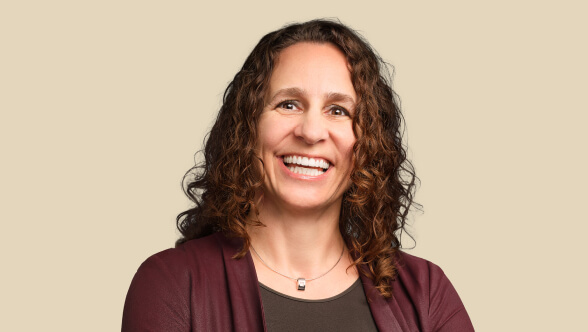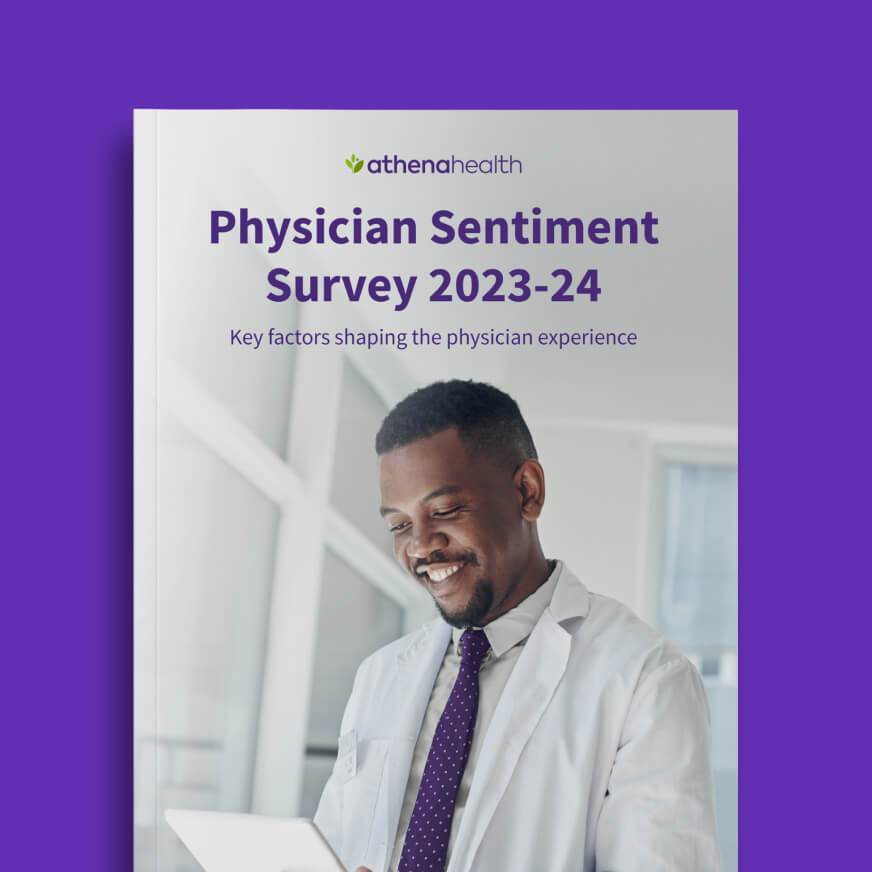A clinician’s view on what needs to change to support the physician workforce
We are facing a quiet but significant shift in medicine: our physician workforce is aging faster than it’s being replenished. In many specialties, the average physician is now in their late fifties1 — and in high-need fields like orthopedic spine surgery, that number climbs above 60.2 Two in five physicians in AMA survey data3 said they planned to leave practice within five years, and many are stepping away not to enjoy a well-earned retirement, but because they’re burned out or overwhelmed by a system that keeps getting harder to work in.
This should concern anyone who depends on their local doctor or who needs specialized surgery — which is to say, all of us.
As older physicians exit the profession, mid-career and early-career physicians are carrying more of the workload — and the pipeline to replace retiring clinicians simply isn’t keeping up. At the same time, patients expect more — faster responses, more documentation, and more digital touchpoints — all while care teams remain short-staffed. The result is something most clinicians feel every day: a heavier lift, with fewer hands.
I’ve seen this from every angle — as a practicing pediatrician, a private practice owner, an informaticist, and as part of the administration of two large medical group organizations. And while technology has promised to make things easier, it hasn’t always delivered.
Technology needs to meet clinicians where they are
When electronic health records first arrived, many of us hoped they’d simplify our work. Instead, they often added to it. Many systems were designed without much input from the people who would actually use them — and that disconnect shows. Too many physicians still spend hours navigating menus, duplicating entries, and clicking through screens that don’t reflect how care really happens.
For physicians in the later stages of their careers, that friction is especially frustrating. They didn’t go into medicine to spend large portions of the day on data entry — and yet, that’s how it can feel. That doesn’t mean technology can’t help. It absolutely can. But only if it’s designed with flexibility in mind — to support physicians at different stages of their careers, in different types of practices, with different comfort levels around tech. Not everyone wants the same interface, the same alerts, or the same workflows.
The systems we build need to reflect that. One way we’re approaching this is through in-app nudging — small, contextual prompts that introduce better ways to complete tasks or surface features that can activate automation and AI. This helps clinicians learn new workflows gradually, without disruption, and allows the system to take on more of the repetitive work that often contributes to burnout. The more we can offload those tasks, the more space we create for clinicians to focus on care — and the more sustainable our workforce becomes.
Clinical documentation is one place we’re making progress
One area where I’ve seen real improvement is documentation. For many physicians, the chart doesn’t close when the patient leaves the room. It follows them home — into the evening, into weekends, into hours that should be spent resting or with family.
That’s starting to change with the growth of ambient documentation tools — AI-powered software that listens to a visit and generates a draft note. When these tools are well integrated, they can dramatically reduce after-hours work. That’s why we’ve built ambient documentation (Ambient Notes) directly into our athenaOne workflow — and we’ve made sure doctors can choose from the partners that work best for them. It’s not just about cutting time; it’s about returning attention to the patient in the room and freeing up energy for everything else that matters in a clinician’s day.
The more we can offload those tasks, the more space we create for clinicians to focus on care — and the more sustainable our workforce becomes.
Trust matters more than automation
Even as we bring new technologies into care settings, we need to remember that most physicians approach these tools with caution — and for good reason. Many have experienced tools that promise to help but end up adding steps or confusion. Physicians don’t want more alerts. They want fewer distractions. They want help with the parts of the job that are repetitive, not those that require judgment or empathy.
AI can absolutely play a role here. But we need to be deliberate. Every tool needs to preserve — not erode — the relationship between physicians and patients. That’s nonnegotiable. The best technology is quiet. It works in the background. It supports clinicians instead of inserting itself into the middle of the interaction.
Bridging generational gaps in care
Physicians who trained on paper are practicing alongside those who trained entirely on digital platforms. Both deserve tools that work for them. And both deserve a system that respects their time and expertise. At the same time, patients — especially younger ones — increasingly expect care to be as responsive and convenient as everything else in their lives. They want digital communication, fast turnaround times, and self-service options. That shift adds new pressure to already busy practices, particularly for physicians who are managing the pace of a rapidly evolving digital care environment. The right technology can help bridge that gap, but only if it’s designed to support clinicians without making their day more complicated.
One thing we’ve done at athenahealth is involve practicing clinicians directly in product development. Our Clinical Advisory Board includes physicians and clinical IT administrators from across the country who give ongoing input on everything from visit templates to mobile workflows. Their feedback has led to tangible changes — not just in features themselves, but in how we define and approach the problems physicians face.
That model matters now more than ever. If we want to keep physicians in the workforce — and bring new ones in — we need to make the job more sustainable. That doesn’t mean asking clinicians to do more. It means building systems that do more for them.
The physician shortage is not something we can solve overnight. But we can reduce its impact by improving how clinicians work day-to-day — by cutting friction, reducing administrative load, and letting them focus on care. That’s not just a tech problem. It’s a design problem. And it’s one we have the tools to solve.
The bottom line is simple: we need to make it easier for doctors to focus on what matters — and to want to keep doing it. That starts with listening. And it continues with building tools that reflect the realities of modern practice — not just the ideals of a software roadmap.
Learn more about how and why we’re listening to physicians.
More healthcare & burnout resources
Continue exploring
1. Definitive Healthcare. (2025, March 24). Average provider age by medical specialty. https://www.definitivehc.com/resources/healthcare-insights/average-provider-age-medical-specialty
2. Definitive Healthcare. (2025, March 24). Average provider age by medical specialty. https://www.definitivehc.com/resources/healthcare-insights/average-provider-age-medical-specialty
3. American Medical Association. (2023, September 27). Reduce physician burnout now or face rising doctor shortages. https://www.ama-assn.org/practice-management/physician-health/reduce-physician-burnout-now-or-face-rising-doctor-shortages













